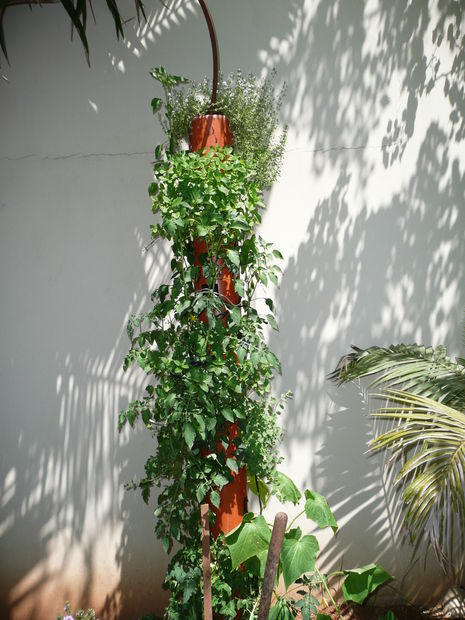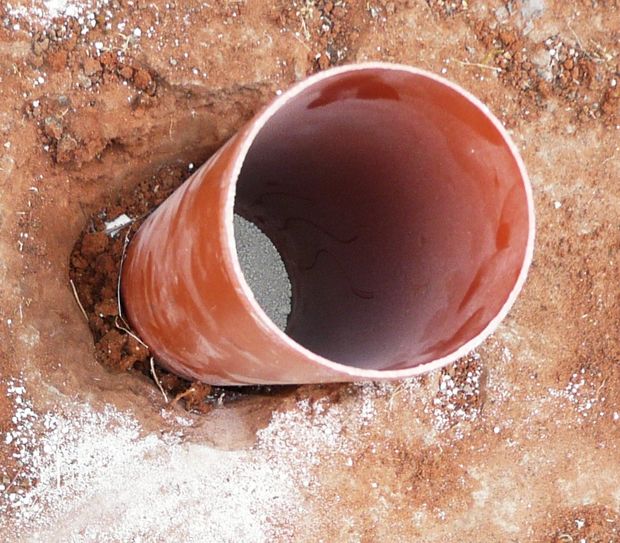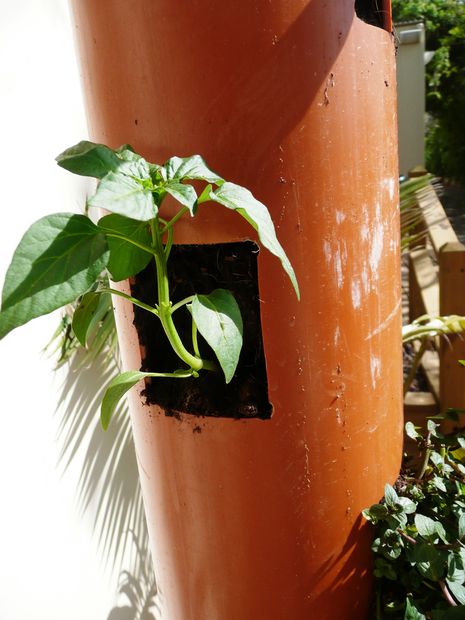How to Make a PVC Planter for Growing Greens
One of the nice things about green, leafy vegetables is that they generally don’t need a lot of room to grow. They also tend to be more capable of growing in a wide range of environments, and many reach maturity in a short period of time. You can create a basic grow bed out of a wide-diameter piece of PVC pipe, along with some ingenuity, and give yourself a minimally-invasive way to produce food indoors. Take a look at the general steps below, and think of ways that you can adapt according to your needs.
Getting Started
The basic principle is to cut the PVC pipe in half, along the center, lengthwise. You can then take either one or both halves and turn them into planters. All you need to do is anchor them to a wall or stakes, fill them with dirt, plant the seeds and watch them grow. However, there are a few things to keep in mind as you’re formulating a plan for working on this project.
First, the bed will become heavy once it’s filled with dirt, water and plants. Depending on the length of the PVC, this could easily weigh in at over 100lbs. Consequently, it’s important to make sure that the PVC is anchored properly. You have plenty of options, from using small bushings and screwing the PVC through them into studs in your wall to placing a board against the wall to serve as an anchor for the planter. No matter how you choose to hang the planter, make sure that the connections are strong and that the load is distributed evenly from one end to the other.
Another thing to keep in mind is drainage. You can drill cut come small holes along the bottom of the PVC and place an improvised tray beneath to trap the water. You can channel the water into the center where it can drain into a bucket. Another option is to slightly angle the planter on its horizontal axis in order to allow water to flow to the low end and drip off. This is probably the easiest and fastest way to create an effective form of drainage, and you don’t need to drill holes or make special accessories to the basic design.
Growing
Finally, it’s important to know how deep the roots of the greens that you’re growing need to extend into the planter. Some plants don’t have deep root systems whereas others do. The bed needs to be deep enough to accommodate the roots, otherwise it will limit the ability for the plants to grow, and this can influence what you can harvest. If you choose plants with longer roots than the PVC allows, consider fashioning some vertical PVC tube that can be attached to main bed.
All you need to do is bore a hole that matches the diameter of the vertical segment, squeeze the segment into the main bed and cap off the bottom. You will also need to drill a couple of holes in each segment just above the bottom of the main bed once they are connected. This will allow water to drain and help to minimize drips. You may also want to seal each segment to the main bed once you have them adjusted in order to minimize seepage as well.
Try this out for yourself, and enjoy the simplicity and practicality of this indoor growing system. Just remember to place it in a spot where the plants will get ample sunlight, and check the nutrient levels of the soil from time to time. Other than that, once the system is up and running, you can start enjoying the benefits of having a steady supply of vegetables on hand in just a few months.



